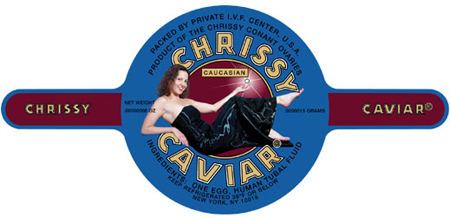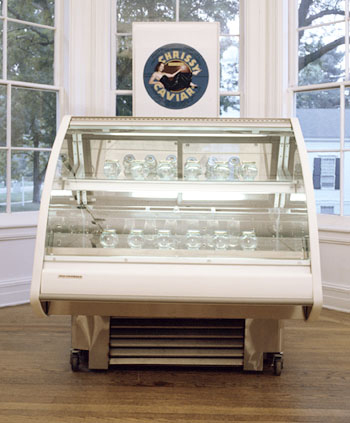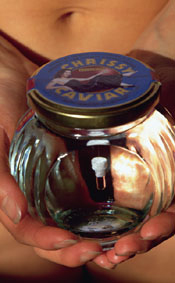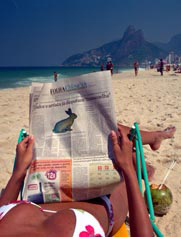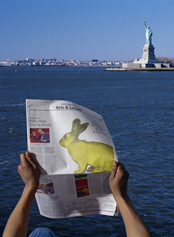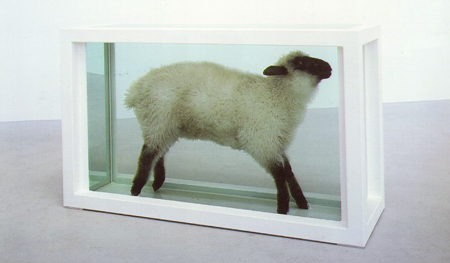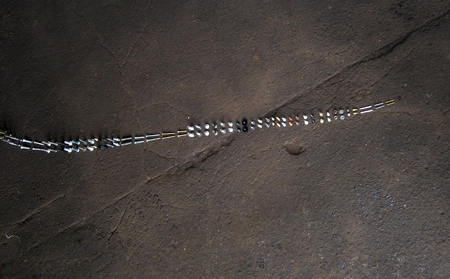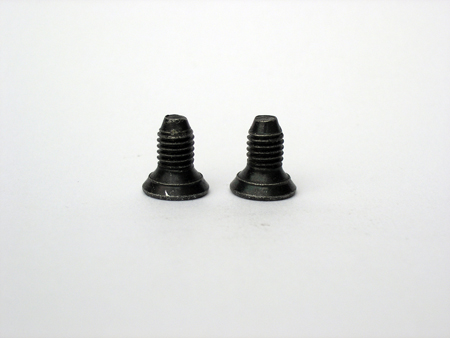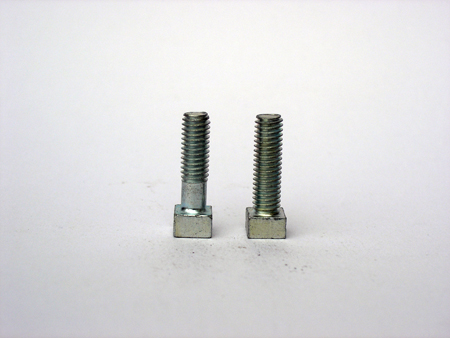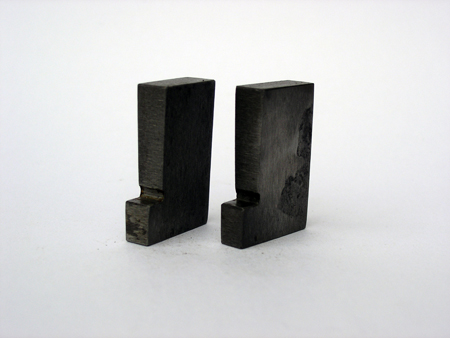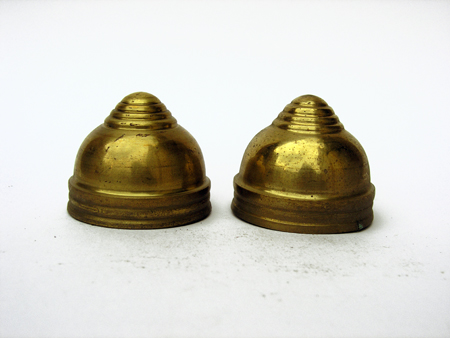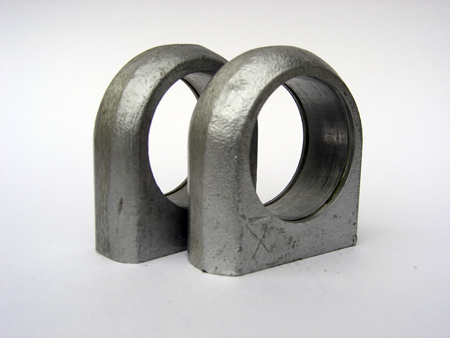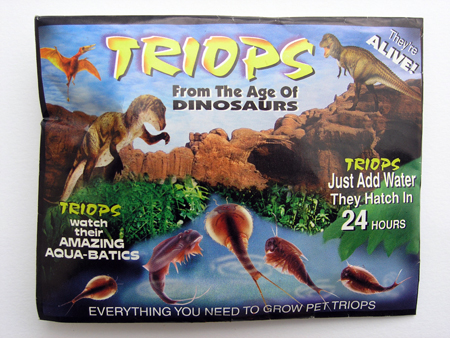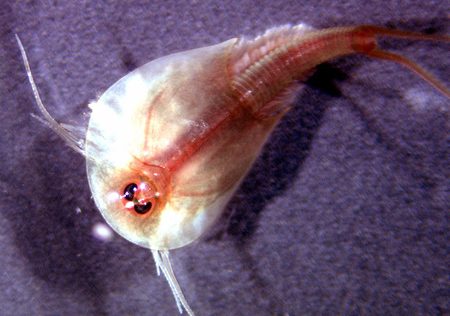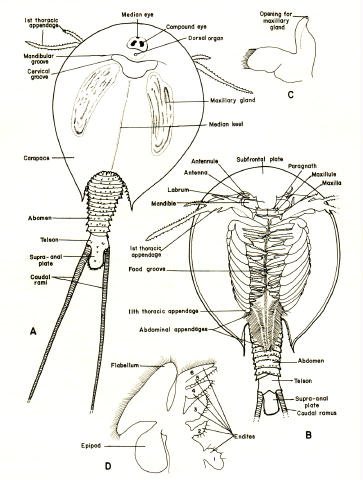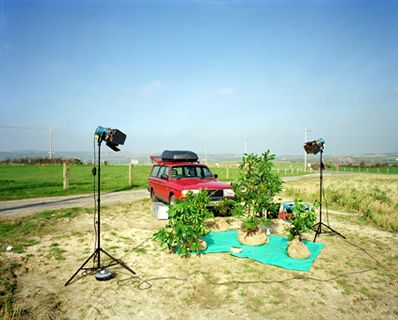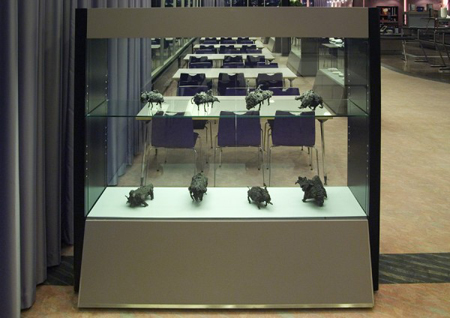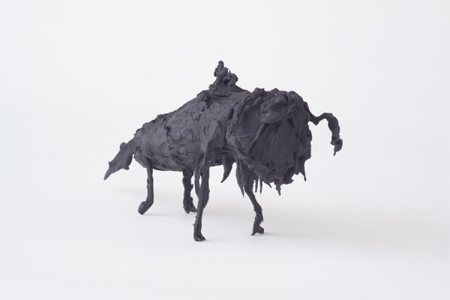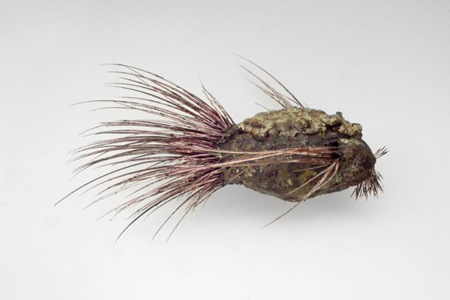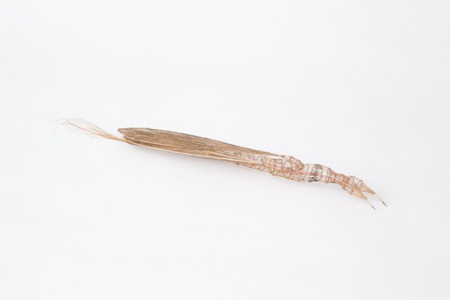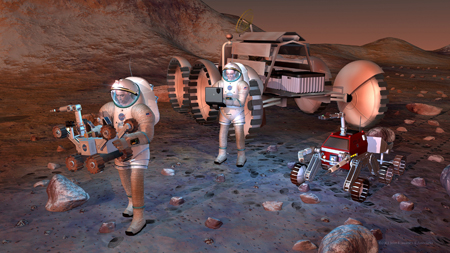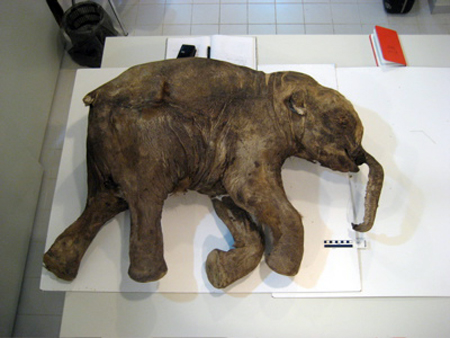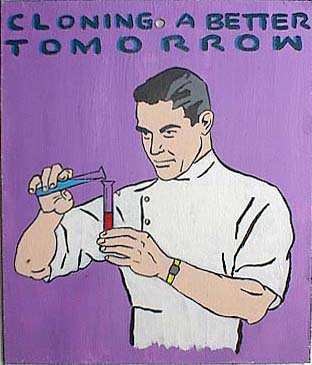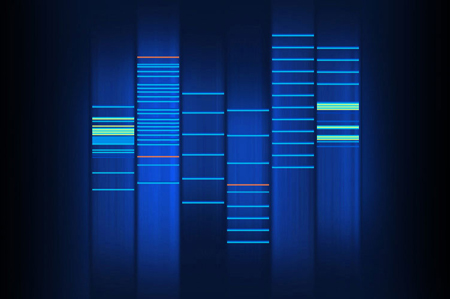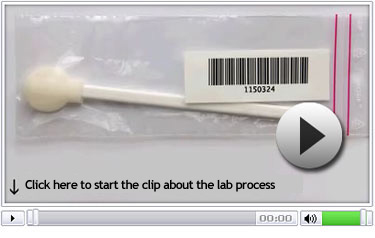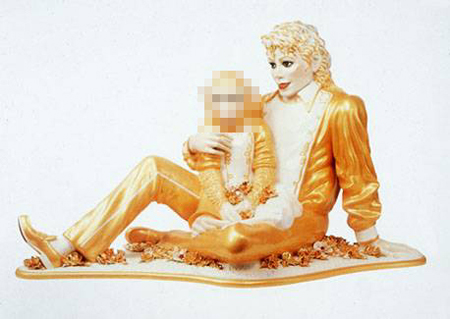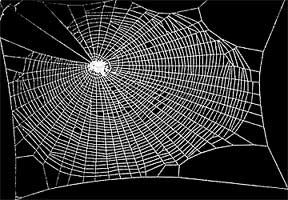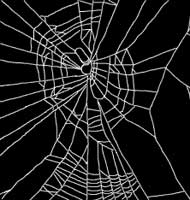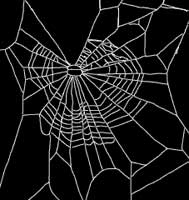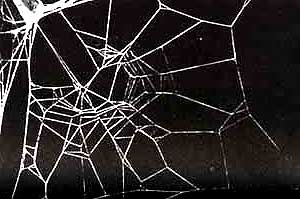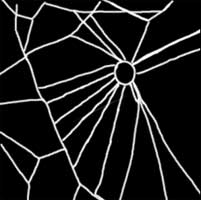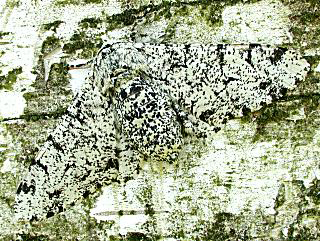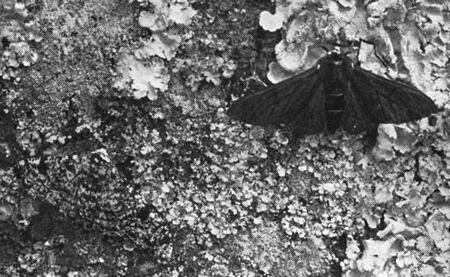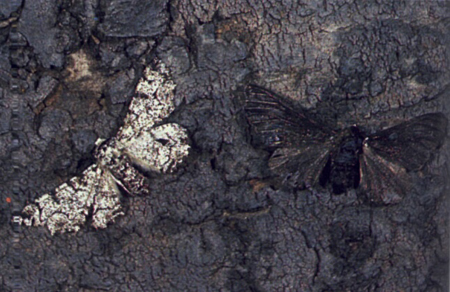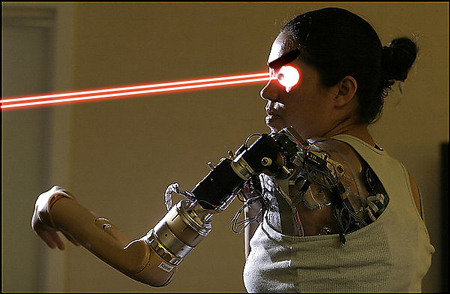
©deenine
Claudia Mitchell is the first woman to receive a “bionic” arm, which allows her to control parts of the device by her thoughts alone. The device, designed by physicians and engineers at the Rehabilitation Institute of Chicago, works by detecting the movements of a chest muscle that has been rewired to the stumps of nerves that once went to her now-missing limb.
The bionic arm makes use of several features of the human body that would be impossible to create from scratch. Luckily, a person still has them even after suffering an injury as grievous as the loss of an arm at the shoulder.
One feature is the “motor cortex” of the brain, where cells that control voluntary muscles reside. The millions of nerve cells that “drive” the arm and hand remain after amputation. When an amputee pretends to move his missing hand, those cells fire and send impulses down the spinal cord and out to nerves that terminate at the stump.
Those nerves are huge electrical conduits filled with tens of thousands of fibers carrying a wide assortment of information. Some are motor nerves telling muscles to move. Some are sensory nerves, carrying impulses back from the hand to the brain, where the information will be interpreted as touch, temperature, pressure and pain.
source: David Brown, Washington Post
A short story
by Warren Ellis
She used to have eyes I could lose myself in, and then she had them replaced with laser pointers. Little red dots jumping up and down on the bedroom wall as I took her from behind. I could live with that until she had the animal voice import. The cheetah purring was okay, but the dingo noises just killed the mood. The combination of the red eyes and the gorilla sounds when she jerked off was horrible. A few weeks later, things were moving down there that shouldn’t have. Don’t be scared, she said, as stuff pumped like organ stops under her skin. Something extended itself and waved at me.
I threw up between her legs and she didn’t talk to me for a week. Which I suppose you can’t really blame her for, but still.
I knew it was over when she cut her legs off.
Had them hacked off at the knee and came home with a suitcase full of modular replacements. The stumps had little Firewire ports that plugged into the new lower leg units. She fitted what she called her Sex Legs and flexed artificial toes, feet fixed in a perfect arch to accomodate the welded-on six-inch heels. Apparently there were Segway gyroscopes in the calves to keep her upright when she walked.
I came home one night to find her in a red latex minidress and sixteen legs. Spider things were sprouted from her knees, eight legs each. She paraded on the plastic kitchen floor for me, swinging her hips. Clackclackclackclack on the floor. Clackclackclackclack.
She stuck her tongue out at me when I started retching. There was what looked like a DC power inlet on the tip.
After that, it just got ugly. I had to go. I saw her again a couple of weeks ago. She introduced her new boyfriend as Spin. His skin was cold and shiny, like white plastic coating over steel. He had a revolving drum in his stomach. She leant against him and grinned.
I’m living in my car now. My car loves me. I mean, it wouldn’t have grown a real vagina for me otherwise, would it?
